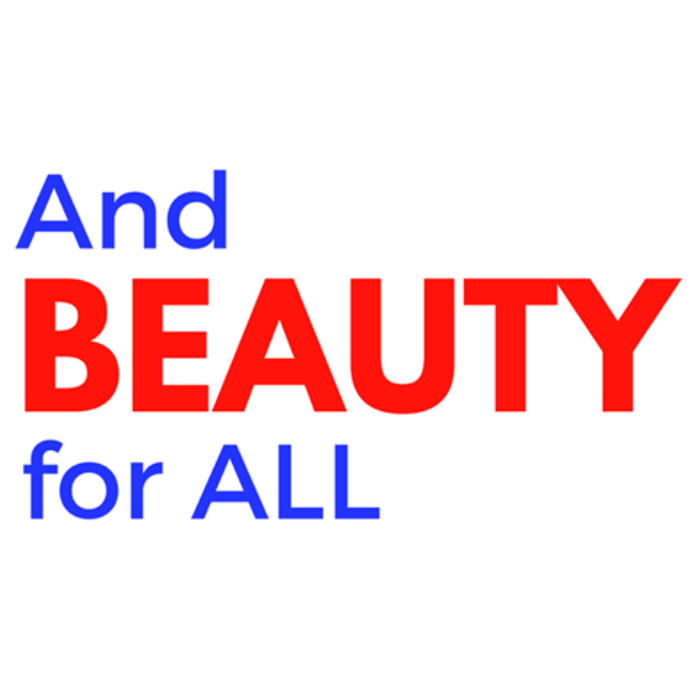BEAUTY FIRST
By Sandra Lubarsky
Words live in companionship with other words. By themselves, they are like a wolf without a pack; in association they gain social position and meaning. The word “sustainability,” now nearly fifty years old in its current usage, runs with a mixed band of ideas: environment, development, management, technology, renewable energy, agriculture. Missing in almost every instance is any affiliation with “beauty.”
The absence of beauty signals a systems error in our understanding of sustainability, mistaking it for nothing more than an inspired effort to keep the clock wound. But sustainability has always pointed to a vision that goes beyond mere endurance or perpetuation of the status quo. Its agenda is more radical than is usually recognized, exceeding even the most exciting technological advances in energy conservation and renewable resource development or scientific breakthroughs in environmental management and restoration. Beyond efforts to insure the continuation of human civilization-as-we-know-it, is a vision of something “not-yet and better”--a vision inspired by beauty.
Unfortunately, we have come to believe that beauty is only “in the eye of the beholder” and we speak of beauty as a superficial and trivial quality, “only skin deep.” Even though sustainability is a movement to correct the dominant paradigm, this understanding of beauty remains largely unquestioned. And so, we bracket beauty out of the sustainability equation, accepting the judgment that beauty is unimportant.
But beauty denotes life’s intrinsic worth and the quality of aliveness. It is the way we speak about the sustaining and flourishing of life-in-relationship with life. When we encounter beauty in one form or another, we feel a heightened sense of being alive and in kinship with life. Everyday beauty—this spring-pink tree, that truss of lilacs, that kindness—holds us fast to this world. To speak this way about beauty—as the value most closely related to life--is to affirm the indwelling vitality of life.
Life is no neutral province, to be treated with impartiality. We are partisans for life and beauty, desiring life-beauty in abundance and intensity. But in our industrial world, the two have been separated and belittled. Life is minimized as a kind of physical substrate, devoid of intrinsic value. Beauty is confined to the quarters of art, cosmetology, fashion, retail sexuality, and consumer marketing. And so we end up with a too-small notion of sustainability—one that leans heavily on science and technology—and a too small notion of beauty—one that fails to understand its value as that which makes life worth preserving.
Beauty is no simple add-on to a sustainability wish list; it is the orienting principle for life-affirming relations. It embodies a value system that challenges the modern materialistic worldview at its core, calling out its life-denying principles and assumptions. It places form and function, efficiency and financial gain into the larger concern for the vigor of life systems. Begin with the question, “How does this project contribute to the beauty of the world?” and function, form, efficiency, and gain are made responsible to the great economy of life. That economy is based on the wholeness of relations and the rule that every act is born from wholeness. To make the aesthetic question primary-- rather than irrelevant!--is to ask about both the vitality of the individual entity and how its vitality contributes to the vitality of the whole.
Apart from beauty—understood as the consequence and aim of life-affirmative relations--it will not be possible to reshape civilization in ways that satisfy and nourish the human spirit and honor the worth of all living beings. There is a relationship between our disregard for beauty and the disfigurement of the earth’s life-supporting habitats, between our aesthetic indifference and our overall devaluing of life.
It is beauty that is at the core of life and at the heart of living in right relationship with all that is alive. Beauty summons a vision of world-supporting structures and processes that not only sustain life but also foster the remarkable creativity of life-in-relationship-with-life. If we are to succeed with the project of sustainability, we must make beauty our orienting principle, shaping our ways of thinking, our languages, our educational systems, and our life practices.
________
Sandra Lubarsky organized the Sustainability programs at both Northern Arizona and Appalachian State universities. She is the co-author of the book ON BEAUTY, a celebration of the life of Doug Tompkins. She is an activist and writer in Flagstaff, Arizona, where she recently succeeded in getting her city council to pass a proclamation supporting the AND BEAUTY FOR ALL campaign.
